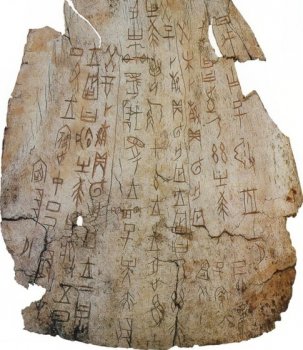
 The outcomes of state education overshadows any kind of potential effects including altering the written script regarding enhancing literacy rate, which will be straight correlated to financial growth. And undoubtedly, war in addition tends to make probably school a problem for the kids.
The outcomes of state education overshadows any kind of potential effects including altering the written script regarding enhancing literacy rate, which will be straight correlated to financial growth. And undoubtedly, war in addition tends to make probably school a problem for the kids.
Here's an example: Vietnamese language!
In 1945, the literacy price was 10percent.
In 1990, the literacy price was 86%.
In 1998, the literacy price ended up being 95%.
Although Latinization of Vietnamese began initially around the seventeenth century via missionaries, and became official inside late nineteenth century whenever France colonized Vietnam. Put differently, Vietnamese literacy price remained unchanged whether Chu Nom ("Chinese") or Quoc Ngu (Latin) was used.
It's rather clear that script reform had minimal literacy effect on Vietnamese society. It simply made Vietnamese much more accessible to Westerners (Latin people) much less accessible to East Asians (漢字 character people), which is a short-sighted mistake that has been apparent with all the fall of Western society in Asia together with increase of local Asian economies. Not forgetting the useful Vietnamese culture that's encoded in Chu Nom, like works of great poets of medieval Vietnam.
Another concern with Latinization of Vietnamese is that it effortlessly wipes away all dialects and regional languages insurance firms only one good way to write a term, because tones will also be encoded to the spelling. Put another way, people naturally speak a variant of Vietnamese but are forced to adjust one standard at the expense of their particular mother tongue. If Chu Nom stayed the nationwide script, tonal variances between dialects would not be a concern.
 From state-wide financial perspective, eradication of dialects is an excellent thing. From a linguist or social point of view, it is a disaster. I think Vietnam should ultimately re-introduce Chu Nom. The issue is the widespread branding that it is Chinese characters, which is politically sensitive. It is like saying current Vietnamese is written in French figures. No nation could stand the indignity of employing another country's language. To repair the branding issue, 漢字 Han characters (personally prefer "Sinoglyphs") should pull all references to Chinese... possibly call them Turtletalk or Shellscribbles because that's where they in the end descends from:
From state-wide financial perspective, eradication of dialects is an excellent thing. From a linguist or social point of view, it is a disaster. I think Vietnam should ultimately re-introduce Chu Nom. The issue is the widespread branding that it is Chinese characters, which is politically sensitive. It is like saying current Vietnamese is written in French figures. No nation could stand the indignity of employing another country's language. To repair the branding issue, 漢字 Han characters (personally prefer "Sinoglyphs") should pull all references to Chinese... possibly call them Turtletalk or Shellscribbles because that's where they in the end descends from:
Anyway, straight back on topic:
I am not too familiar with Turkish or Turkmen, but from the things I realize about Arabic script, it's also an alphabet system but could possibly be connected together, which produces great calligraphy:
One significant consideration is Arabic reading from right-to-left. Before computer systems, this could never have mattered much, the good news is whole UX begin with whether the individual is reading left-to-right or vice versa. By selecting Latin over Arabic, Turkey inadvertently made it easier for the visitors to make use of Western computer software and web pages over Arabic people, which can be a happy accident considering that the western is leading the information and knowledge Revolution.Cyrillic is also much more much like Latin, with increased letters to represent more sounds (in indigenous Slavic languages). This modification managed to make it psychologically simpler for Latin people to learn Turkmen and the other way around, because mapping sounds to a different alphabet is not the most difficult thing, but seems hard and unnecessarily time consuming.
The common denominator is actually Turkish and Turkmen whenever from a single alphabet system to some other. Vietnamese went from a non-alphabet system to an alphabet system, which fundamentally changed the heart associated with language... along with no result! And so I question there clearly was a widespread affect literacy either for Turkish or Turkmen.
Except needless to say through the transitional duration, whenever element of your populace is literate in one script as opposed to the other and the other way around. Within age and time, the clear answer is one Google Translate away! (technically talking, will be Google Transcribe)
The last instance i will quickly point out is Simplified Chinese.
Proponents of Simplified Chinese frequently credit the simplification with developing the literacy rate. But numbers tell another story.When it comes to first 50 many years of the 20th century, about 15-20% of China had been literate. Like Vietnam, it varied by region, correlated by financial success.
If there is any such thing communists excel, it really is knowledge. After the stabilization of Asia beneath the individuals Republic in 1949, literacy steadily rose. Simplification just took place in 1956. So, performed simplification accelerate literacy rate growth? Correlation or causation? Up to now, hard to tell.









